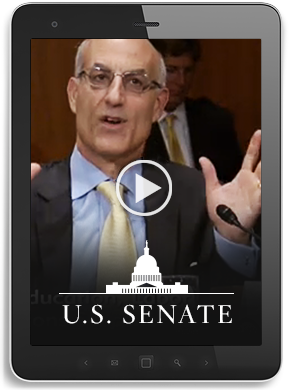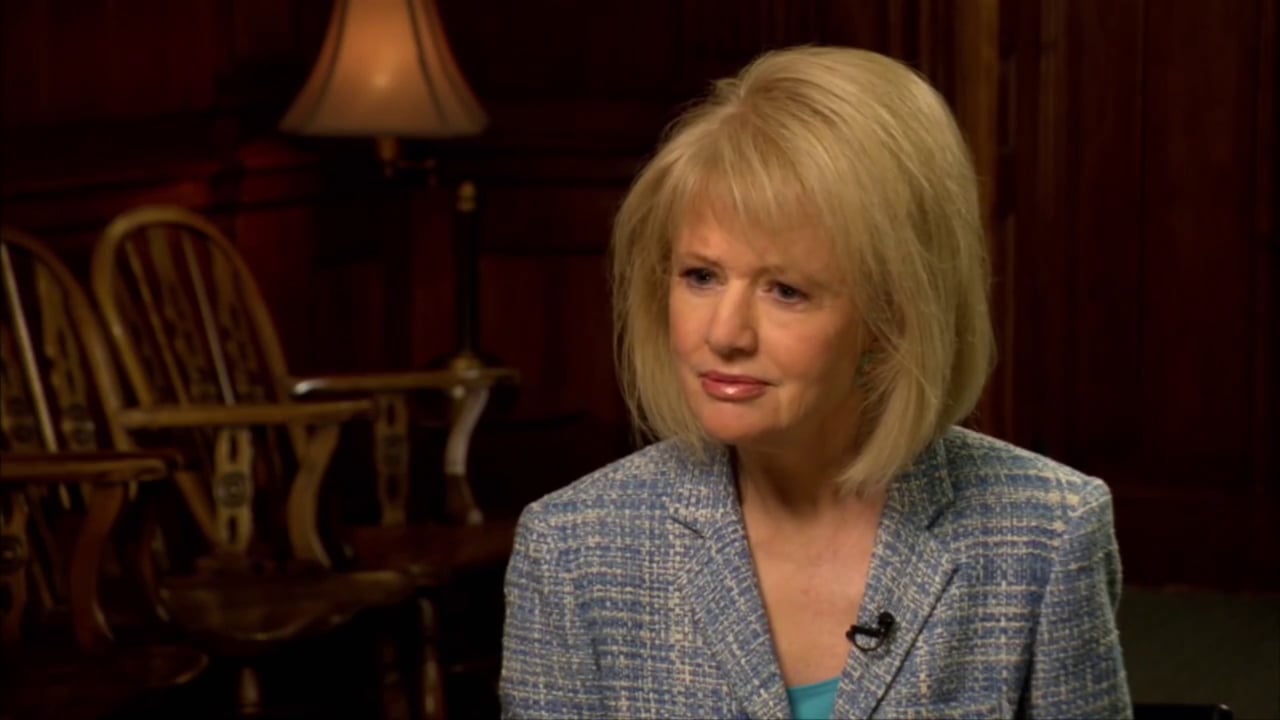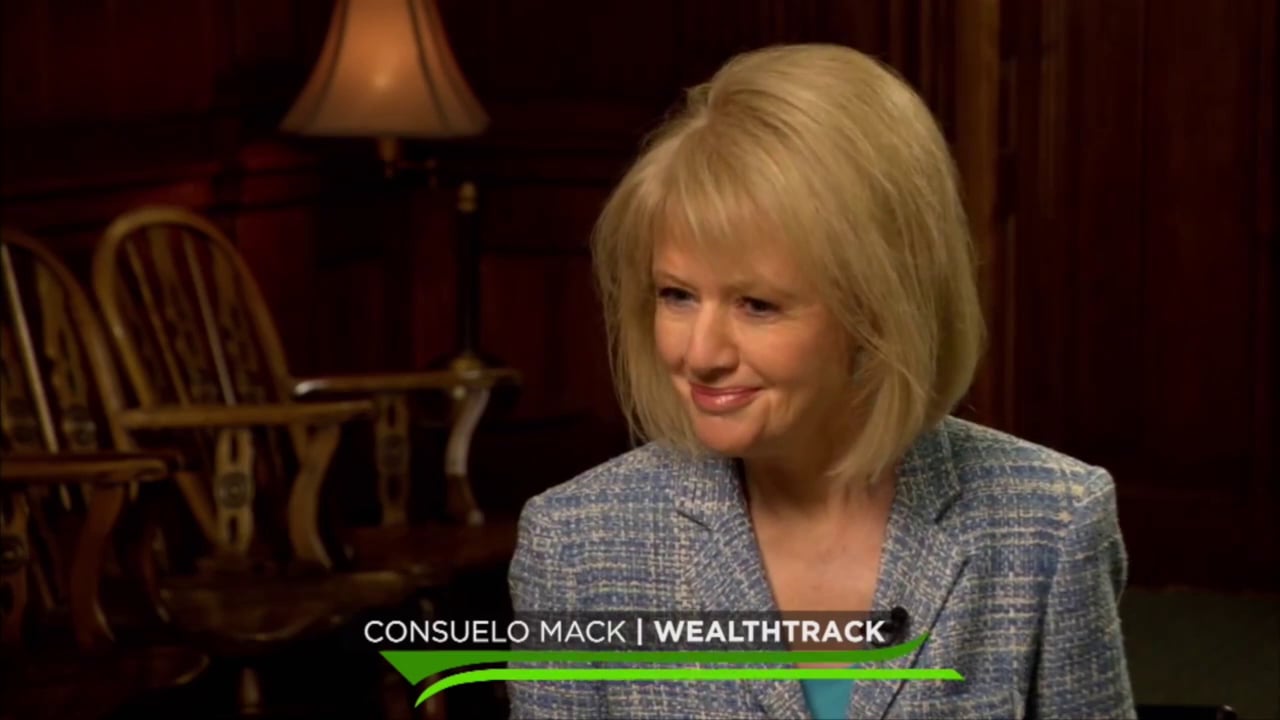Transcript
Thank you Mr. Chairman and Ranking Member Franken, Members of the Subcommittee, it’s an honor to be here with you.
I want to start by talking about a real person, because behind every regulation, or proposed regulation, is a real person. Merlin Tofel was Navy veteran and an electrician. He did everything right. He and his wife Elaine raised four kids in suburban Chicago. They built a solid, middle-class life. They saved their money. They built up an impressive portfolio with Vanguard, and when Merlin was stricken with Alzheimer’s and could no longer manage their finances, Elaine made an appointment at the local retail bank.
They’d used this bank for years. They trusted them. The bank’s investment broker told her to liquidate the Vanguard portfolio and sold them a very complex variable annuity to the tune of $650,000. Merlin was something like 75 or 78 years old at the time of the sale of this variable annuity. Elaine trusted this advice and she thought it was in their best interest. The annual fee on that variable annuity, the annual fee was $26,000, and if the Tofel’s needed to access the money right away, a 7% surrender charge would cost them more than $45,000. In the end, the broker’s conflicted advice cost a hard-working family more than $50,000.
This story is tragic, but not unique. It’s also not illegal, because someone concluded that the advice was suitable. Conservative estimates by the Council of Economic Advisors place the costs of conflicted advice more than $17 billion annually.
ERISA (the Employee Retirement Income Security Act of 1974) is over four decades old. In my parent’s generation when you retired you got a pension, a pen, a party. And that pension was a defined-benefit pension. Today we have an $11 trillion market of defined contributions, of 401(k)s and IRAs. Eleven trillion dollars. Times have changed. Consumers now have to make critical decisions about how to invest these funds that they have so hard-earned.
Three of the most important decisions that people now make are medical, legal and financial. When you go to a doctor or a lawyer, they have a medical and legal obligation to put your best interest first.
The Labor Department’s conflict-of-interest rule-making is about making sure that the same set of rules, best interest of the consumer, apply to when you are getting help in retirement.
Most people assume, actually, that the standard already exist, and that is indeed the case for many advisors, like the one that my wife and I use, who is a fiduciary and he does so and he puts our best interest first. But the majority who operate in this space are under no such commitment, although in many cases their marketing actually suggests that they are.
And it’s important to make one thing clear, and Senator Franken alluded to this, while there are undeniably some bad apples, this is not a case about bad people doing bad things. The majority of folks in this space are trying to do the right thing every day. The nub of the problem is good people who are operating within a structurally flawed system. A market that sees personal financial interests of the advisor and the firm all too frequently misaligned from the best interest of the customer. The result is what we saw happen to the Tofels.
So our goal in this proposed rule-making is straightforward, to align the best interest of the customer with those of the advisor and the firm. And this proposed rule has been the product of a significant amount of outreach to a wide array of stakeholders. I appreciate the support we’ve gotten from so many in the industry, people like Brian Moynihan, the CEO of Bank of America, who said, “We believe that doing what is in the best interest for our customers is absolutely the right thing to do.” Jack Bogle, the founder of Vanguard, very strong supporter of this rule. We’ll hear from a witness shortly who plays in this space every day as a fiduciary, working with small investors, who tells you when you put your customer’s interest first, it’s great for your customers and it’s great for business, in addition.
I also invite you to look at the transcript of a recent hearing we had in the House because there’s a really interesting thing happening right now. The conversation is shifting from whether to have a best interest standard to ensuring that a best interest standard can be effectively implemented.
I’m heartened by that shift, and we welcome any and all suggestions on how to improve the proposed rule to ensure that it can be effectively implemented. We’ve heard and understand concerns that have been raised about issues such as point-of-sale disclosure, data retention and the mechanics of implanting the best interest standard. And as long as we don’t lose sight of our North Star, an enforceable best interest commitment, we are very flexible on the question of how to get this work done. This is about providing guardrails, not straightjackets.
It’s important to remember as we go through this rule-making that a substantial subset of the advisors already operate under a fiduciary model. They serve a wide array of customers, including small businesses, small investors, and they do it well. We know that it can be done because it is already being done by so many businesses.
A number of folks have raised concerns that the proposed rule will shut out the small saver from investment advice. Entities such as the Consumer Federation of America, entities such as AARP, they take a back seat to no one in their concern about small investors, and they strongly support this rule.
And we’ve consulted with several profitable firms, whose business model is all about working with the little guy. There was an investment firm out in Palo Alto called Wealthfront. They cite their success as, “Living proof that not only is it possible to provide fiduciary service at low cost to small investors nationwide, but the market greatly rewards this effort.”
When I talk to firms like this and tell them about the argument on the other side, that our rule making will make it impossible to serve the small saver, the most frequent advice I get is, give them my phone number, give them my email because I’ll take their business any day of the week. I know that the industry can adapt to serve this $11 trillion market, and I’m confident that we can work with them.
We’ve reached out in addition to small savers, to small businesses, who want to ensure that their employees have access to retirement plans so that they can recruit the best and the brightest. Our proposed rule has a number of safeguards and safety valves so that they can access retirement plan options for their employees.
As Gary Conklin, a small business owner from New Jersey, told us, “I am all for this proposal. I don’t have a big firm with our own in-house financial management team that can advise me. I want the financial advisors I work with to be required to represent my interests.”
That’s precisely what we’re trying to do, build a big table, invite everyone up. I believe that one of the most important things that you can do when you’re doing rulemaking is build a big table, listen and have a healthy dose of humility.
That has been our approach, humility, good faith, an open mind and a keen ear. We know our destination, an enforceable best interest standard. It’s in the line of Ronald Reagan, “Trust, but verify.” Your marketing material says that you look out for your customers’ best interests. This standard is memorializing what is in the marketing materials.
We’re open to different routes to getting to that enforceable best interest standard. And we look forward to continuing to hear from as many voices as possible. We’ve extended the comment period. We’re convening three days of public hearing next month, and then we will reopen comment after we published the transcript of those hearings. We look forward to the engagement, and we have gotten so much good feedback from so many businesses who have come in with a “get to yes” attitude.
They have challenges, they have questions, they have concerns, but they have a “get to yes” attitude because they recognize, like Jack Bogle said, that when you put your customers first, it’s great for your customer and it is indeed great for business. This is about middle-class security, and one of the pillars of middle-class security is retirement security, and I look forward to working with this committee and with all the stakeholders to continue the process of producing a rule that will work for American savers and will work for American business and will work for all stakeholders.
Mr. Chairman, thank you for your time.






